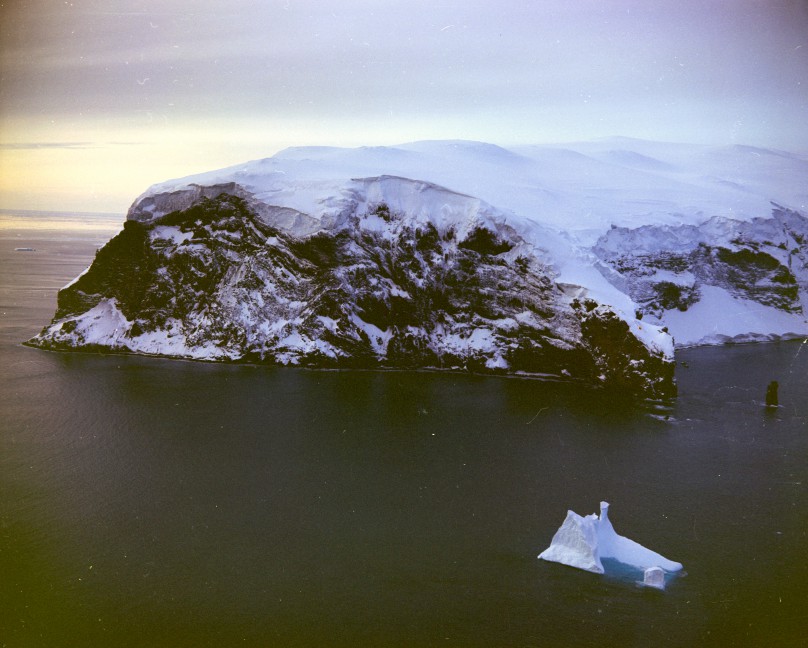Difference between revisions of "Template:Westarctica.wiki:Today's featured article"
Westarctica (talk | contribs) |
Westarctica (talk | contribs) |
||
| (7 intermediate revisions by the same user not shown) | |||
| Line 1: | Line 1: | ||
[[File: | [[File:Young Island-Balleny Islands.jpg|250px|left]] | ||
'''[[Young Island]]''' is the northernmost and westernmost of the three main islands in the uninhabited [[Balleny Islands]] group located in the [[Southern Ocean]]. It lies 8 kilometers (5.0 mi) northwest of [[Buckle Island]], some 115 kilometers (71 mi) north-northeast of Belousov Point on the [[Antarctica|Antarctic]] mainland. | |||
Young Island was annexed by [[Westarctica]] on 14 January 2005 when it annexed the entire [[Balleny Islands]] group. The island has been featured on two of Westarctica's [[Coins of Westarctica|coins]]: the first was a bronze $1 WAD coin minted in 2005 by the [[Central Bank of Westarctica]] and shows Young Island on a map of the Balleny Islands. The second coin was a brass $2 WAD coin minted in 2013 and was the last coin created by the Central Bank. That coin has an image of an [[Antarctic krill]] instead of the island itself. | |||
'''([[ | '''([[Young Island|Full Article...]])''' | ||
Latest revision as of 17:40, 29 November 2025
Young Island is the northernmost and westernmost of the three main islands in the uninhabited Balleny Islands group located in the Southern Ocean. It lies 8 kilometers (5.0 mi) northwest of Buckle Island, some 115 kilometers (71 mi) north-northeast of Belousov Point on the Antarctic mainland.
Young Island was annexed by Westarctica on 14 January 2005 when it annexed the entire Balleny Islands group. The island has been featured on two of Westarctica's coins: the first was a bronze $1 WAD coin minted in 2005 by the Central Bank of Westarctica and shows Young Island on a map of the Balleny Islands. The second coin was a brass $2 WAD coin minted in 2013 and was the last coin created by the Central Bank. That coin has an image of an Antarctic krill instead of the island itself.
